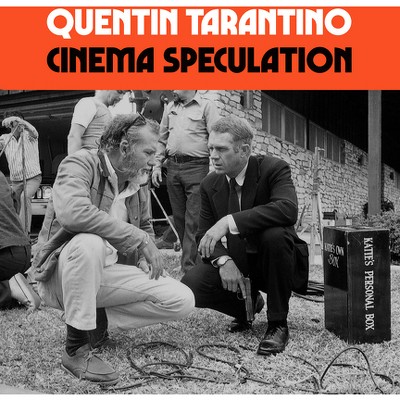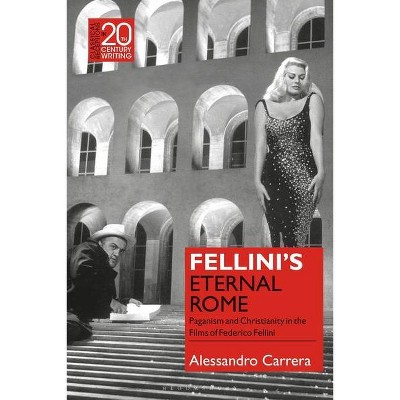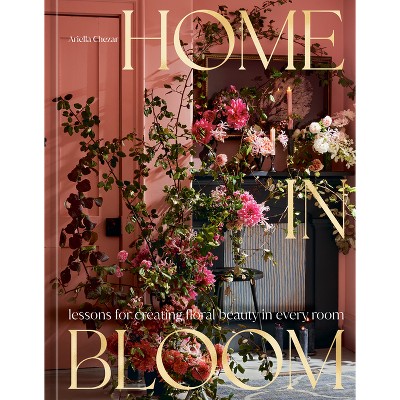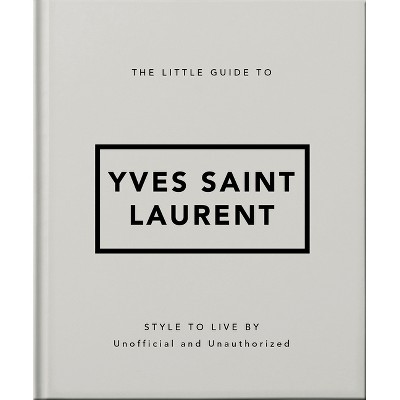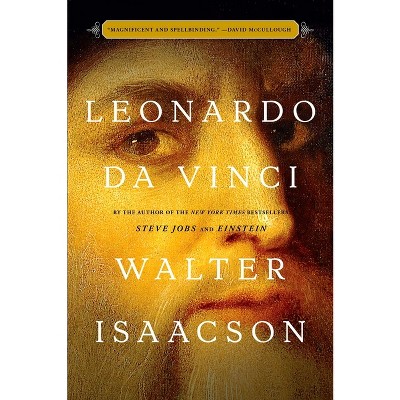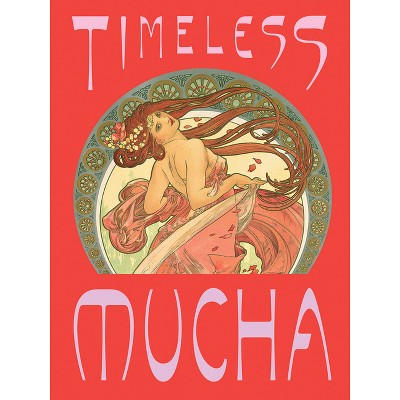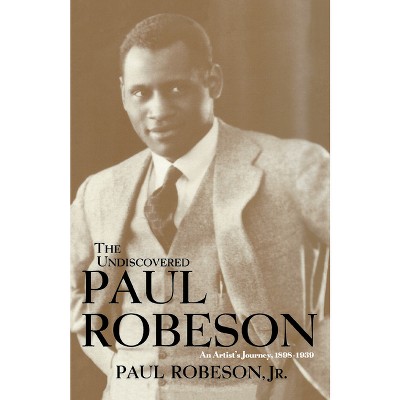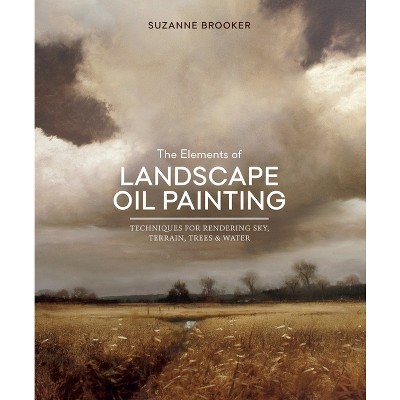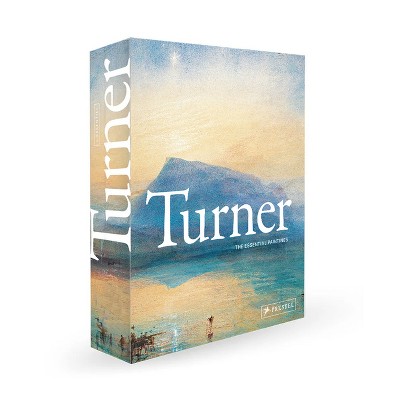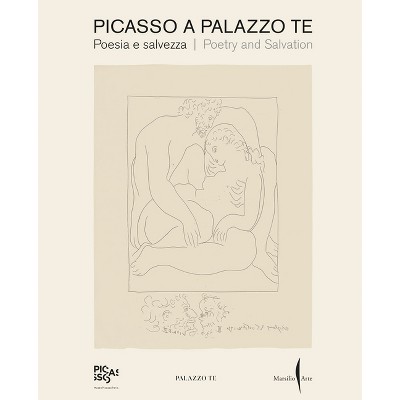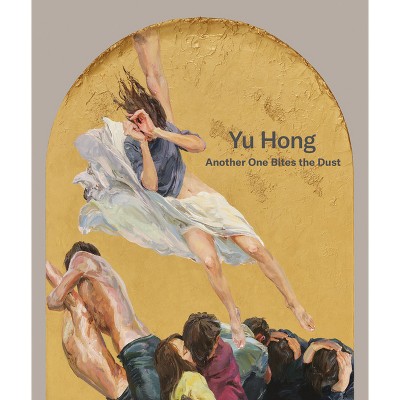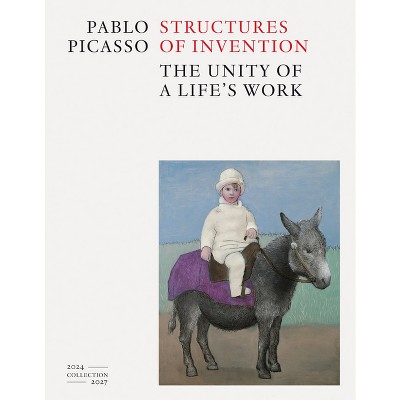Sponsored

Picasso in Fontainebleau - by Anne Umland & Francesca Ferrari & Alexandra Morrison (Hardcover)
In Stock
Sponsored
About this item
Highlights
- Exploring Picasso's seemingly opposite styles and artistic processes during a three-month summer vacationIn the summer of 1921, on the west wall of his improvised garage studio in Fontainebleau, France, Pablo Picasso painted two large-scale and astonishingly different-looking pictures side by side.
- Author(s): Anne Umland & Francesca Ferrari & Alexandra Morrison
- 232 Pages
- Art, Individual Artists
Description
About the Book
"In the summer of 1921, on the west wall of his improvised garage studio in Fontainebleau, France, Pablo Picasso painted two large-scale and astonishingly different-looking pictures side by side. On the left hung his classicizing Three Women at the Spring, long associated with the 'return to order' in the aftermath of World War I. To its right Picasso worked on one of two versions of Three Musicians, often described as the culmination of his prewar cubist style. The visual dissonance of this pairing still has the ability to shock. Yet a close look at Picasso's handling of materials, studio installations, and fluid understanding of style reveals that these two seemingly incompatible works have more in common than meets the eye, as do other monumental works on canvas, small paintings, line drawings, etchings, and pastels that the artist created in Fontainebleau during his brief three-month residency there. Published to accompany an exhibition that reunites Three Women at the Spring and Three Musicians with the richly varied body of work that emerged at the same time, Picasso in Fontainebleau includes never-before-seen photographs and archival documents as well as copious reproductions of the artist's paintings and works on paper. An introduction by curator Anne Umland, together with fifteen essays co-authored by art historians and conservators focusing on distinct groupings of works, give the reader both a sweeping overview of this remarkably productive moment in Picasso's creative trajectory and a deep dive into the compelling artworks he produced during his summer in Fontainebleau" --Book Synopsis
Exploring Picasso's seemingly opposite styles and artistic processes during a three-month summer vacation
In the summer of 1921, on the west wall of his improvised garage studio in Fontainebleau, France, Pablo Picasso painted two large-scale and astonishingly different-looking pictures side by side. On the left hung his classicizing Three Women at the Spring, long associated with the "return to order" in the aftermath of World War I. To its right, Picasso worked on one of two versions of Three Musicians, often described as the culmination of his prewar Cubist style. The visual dissonance of this pairing still has the ability to shock. Yet, a close look at Picasso's handling of materials, studio installations and fluid understanding of style reveals that these two seemingly incompatible works have more in common than meets the eye, as do other monumental works on canvas, small paintings, line drawings, etchings and pastels that he created in Fontainebleau during his brief three-month residency.
Published to accompany an exhibition that reunites Three Women at the Spring and Three Musicians with the richly varied body of work that emerged from Picasso's Fontainebleau stay, this copiously illustrated catalog, including never-before-seen photographs and archival documents, offers an introduction by curator Anne Umland and 15 object-based essays coauthored by art historians and conservators.
Review Quotes
Horror and delight commingle in the enormous, faux-neoclassical painting "Three Women at the Spring" (1921), on display as part of moma's "Picasso in Fontainebleau"...Two dimensions have never looked hardier (even the clothes have breaths and heartbeats!), because everything this painter sees is alive.--Jackson Arn "New Yorker"
With its panoply of studies and failed artworks, the show sands down the notion that Picasso produced masterpieces overnight, that his first stroke was his best stroke.--Alex Greenberger "ARTnews"
Brilliantly conceived, beautifully executed exhibition.--Lance Esplund "Wall Street Journal"
The two versions of Three Musicians and of Three Women at the Spring, however radically different Picasso's treatment of the twelve figures they include, are all variations on closely related themes: the trio or threesome as a kind of community; the monumentality of foursquare figures enclosed in a foursquare space; the concreteness of sharp-edged flat color shapes versus the concreteness of clearly delineated volumes.--Jed Perl "New York Review of Books"
Thoughtful and ambitious, Picasso in Fontainebleau is a wonderful take on one of the best-known artists of the 20th century. It also offers a rare opportunity to enter the mind of the genius, one that probably will only be available once.--Veronica Esposito "Guardian"
Shipping details
Return details
Guests also viewed
